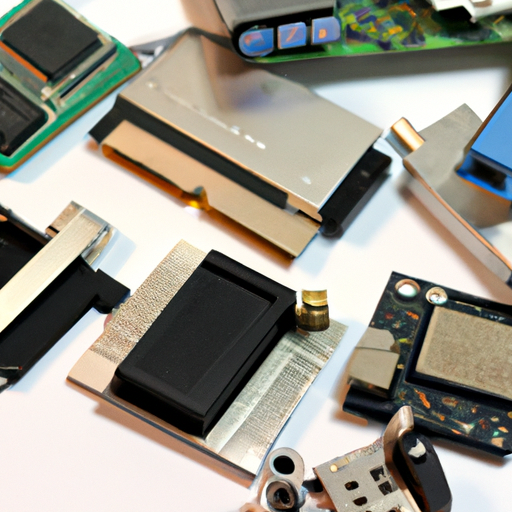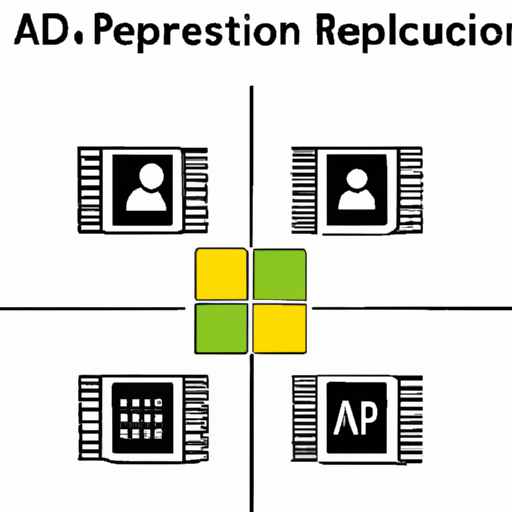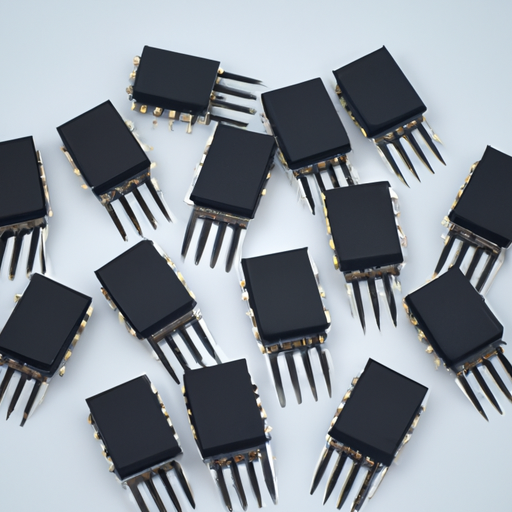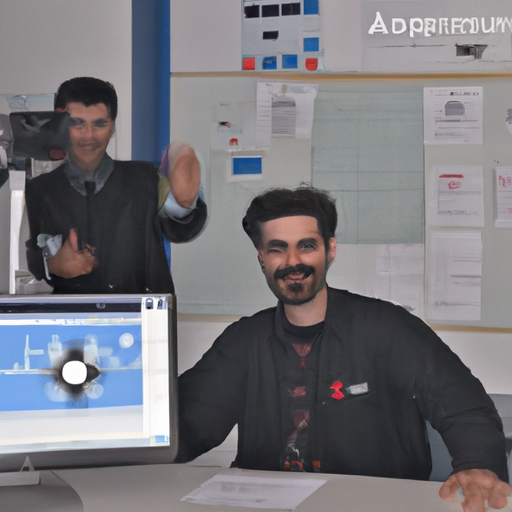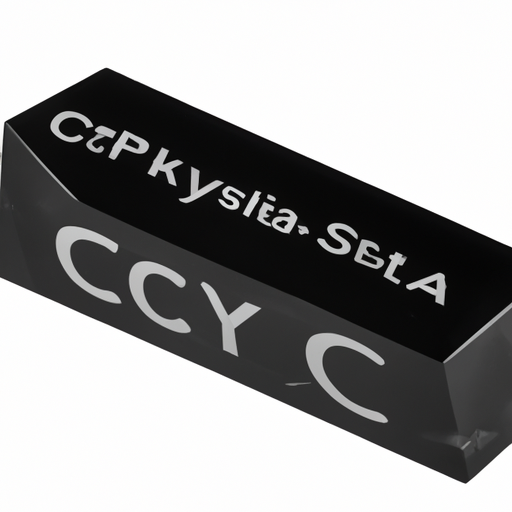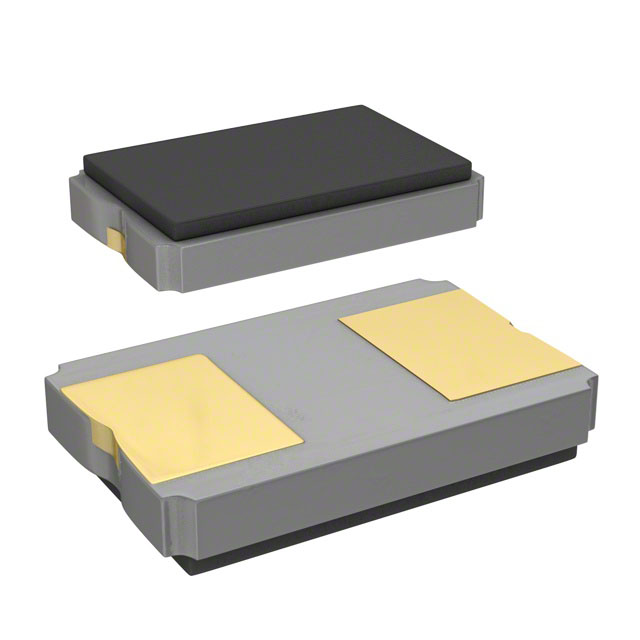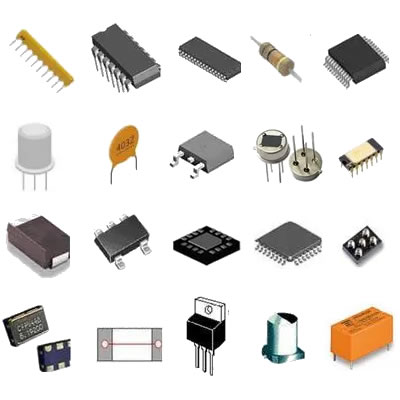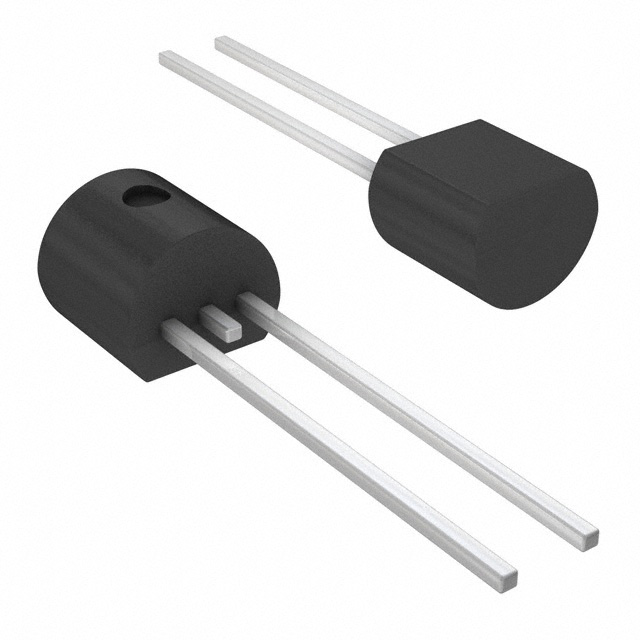X28HC64P-12 Crystals highlighting the core functional technology articles and application development cases of Crystals that are effective.
System
May 18
11
Core Functional Technology of Crystals1. Piezoelectric Effect: Crystals, especially quartz, exhibit the piezoelectric effect, where mechanical stress generates an electrical charge. This property is fundamental for converting electrical signals into mechanical vibrations and vice versa.
2. Resonance Frequency: The frequency at which a crystal resonates is determined by its physical dimensions and material properties. This resonance is harnessed in oscillators to produce stable clock signals essential for timing applications. 3. Frequency Stability: Crystals maintain a stable frequency over a wide temperature range and varying environmental conditions, making them ideal for applications requiring precise timing.
4. Low Phase Noise: Crystals are characterized by low phase noise, which is crucial for high-frequency applications, ensuring signal integrity and reducing errors in communication systems.
5. Temperature Compensation: Many crystal oscillators incorporate temperature compensation techniques to maintain frequency stability across different temperatures, enhancing performance in diverse environments.
Application Development Cases1. Consumer Electronics: Crystals are integral to devices like smartphones, tablets, and smartwatches, where they provide accurate clock signals to synchronize internal processes, ensuring smooth operation and functionality.
2. Communication Systems: In RF applications, crystals stabilize frequencies in transmitters and receivers, enabling clear and reliable communication. They are essential in both analog and digital communication systems.
3. Automotive Applications: Crystals are used in automotive electronics, including engine control units (ECUs), infotainment systems, and advanced driver-assistance systems (ADAS), where precise timing is critical for performance and safety.
4. Industrial Automation: In industrial control systems, such as PLCs (Programmable Logic Controllers), crystals provide precise timing and synchronization, ensuring efficient and reliable operation of manufacturing processes.
5. Medical Devices: Crystals are utilized in medical instrumentation, including ECG monitors and ultrasound equipment, where accurate timing is essential for precise measurements and diagnostics.
6. Internet of Things (IoT): With the proliferation of IoT devices, crystals are crucial for low-power applications, providing stable timing for sensors and communication modules, which is vital for data accuracy and device reliability.
ConclusionCrystals are fundamental components in modern electronics, providing essential timing and frequency stability across a wide array of applications. Their unique properties make them indispensable in consumer electronics, communication systems, automotive applications, industrial automation, medical devices, and IoT solutions. A thorough understanding of the core functional technology of crystals and their application development cases enables engineers and developers to effectively leverage their capabilities in various projects, driving innovation and enhancing performance in electronic systems.
Read more

